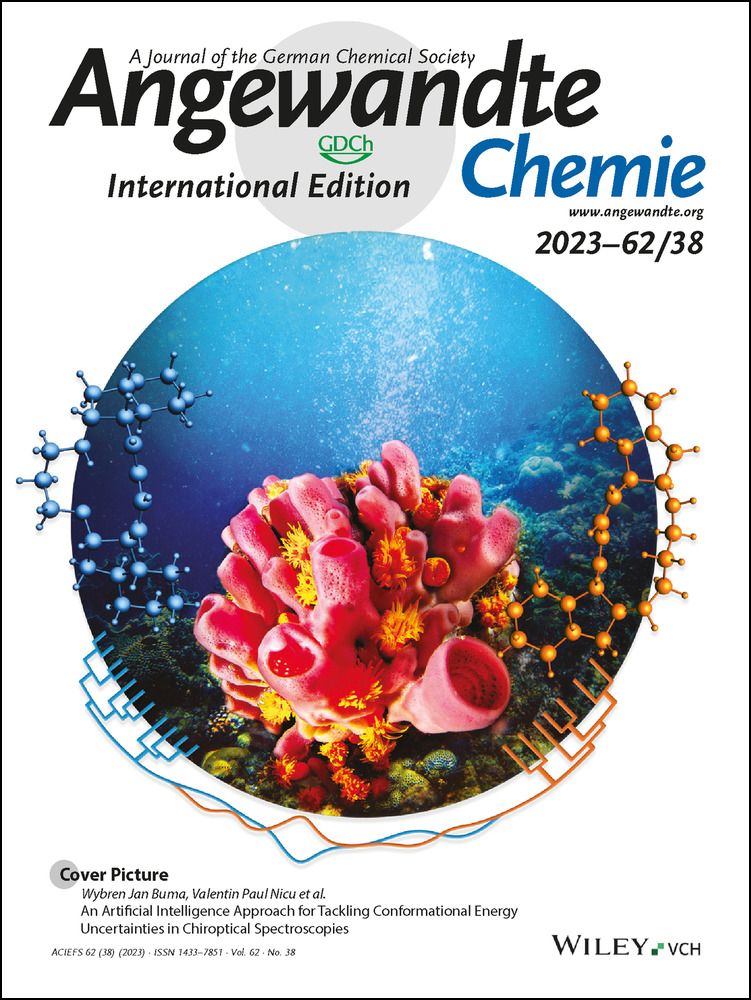Plasmon-Induced Charge Transfer-Enhanced Raman Scattering on a Semiconductor: Toward Amplification-Free Quantification of SARS-CoV-2
Graphical Abstract
A Cu2O nanoarray with a significant enhancement factor of 3.19×1010 was developed as a highly sensitive and selective surface-enhanced Raman scattering device for the amplification-free SARS-CoV-2 RNA testing. The nanoarray chip has a low detection limit for the virus, down to 60 copies/mL within 5 min, which also enabled rapid and sensitive point-of-care quantification of other emerging virus variants.
Abstract
Semiconductors demonstrate great potentials as chemical mechanism-based surface-enhanced Raman scattering (SERS) substrates in determination of biological species in complex living systems with high selectivity. However, low sensitivity is the bottleneck for their practical applications, compared with that of noble metal-based Raman enhancement ascribed to electromagnetic mechanism. Herein, a novel Cu2O nanoarray with free carrier density of 1.78×1021 cm−3 comparable to that of noble metals was self-assembled, creating a record in enhancement factor (EF) of 3.19×1010 among semiconductor substrates. The significant EF was mainly attributed to plasmon-induced hot electron transfer (PIHET) in semiconductor which was never reported before. This Cu2O nanoarray was subsequently developed as a highly sensitive and selective SERS chip for non-enzyme and amplification-free SARS-CoV-2 RNA quantification with a detection limit down to 60 copies/mL within 5 min. This unique Cu2O nanoarray demonstrated the significant Raman enhancement through PIHET process, enabling rapid and sensitive point-of-care testing of emerging virus variants.
Conflict of interest
The authors declare no conflict of interest.
Open Research
Data Availability Statement
The data that support the findings of this study are available from the corresponding author upon reasonable request.





